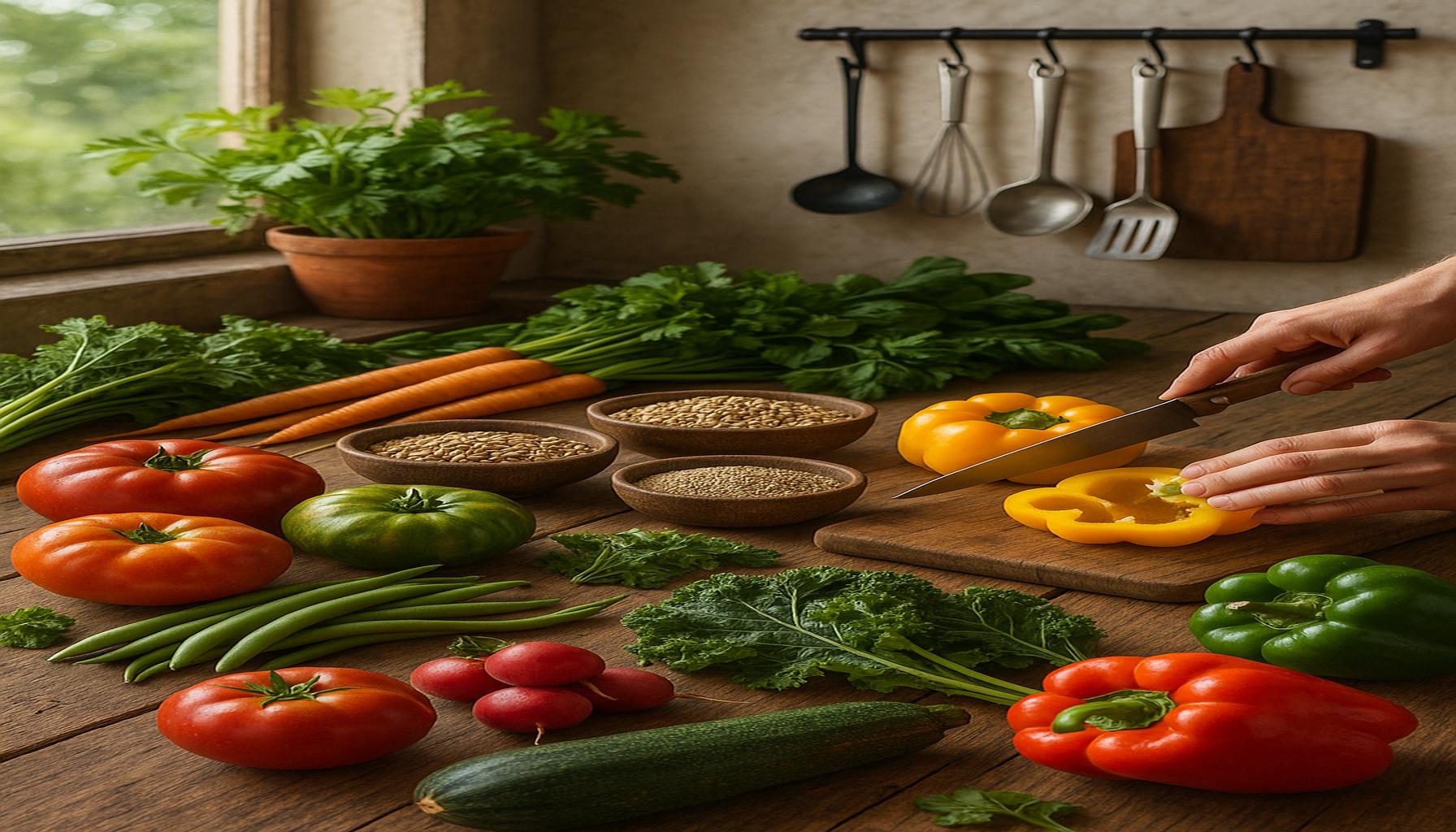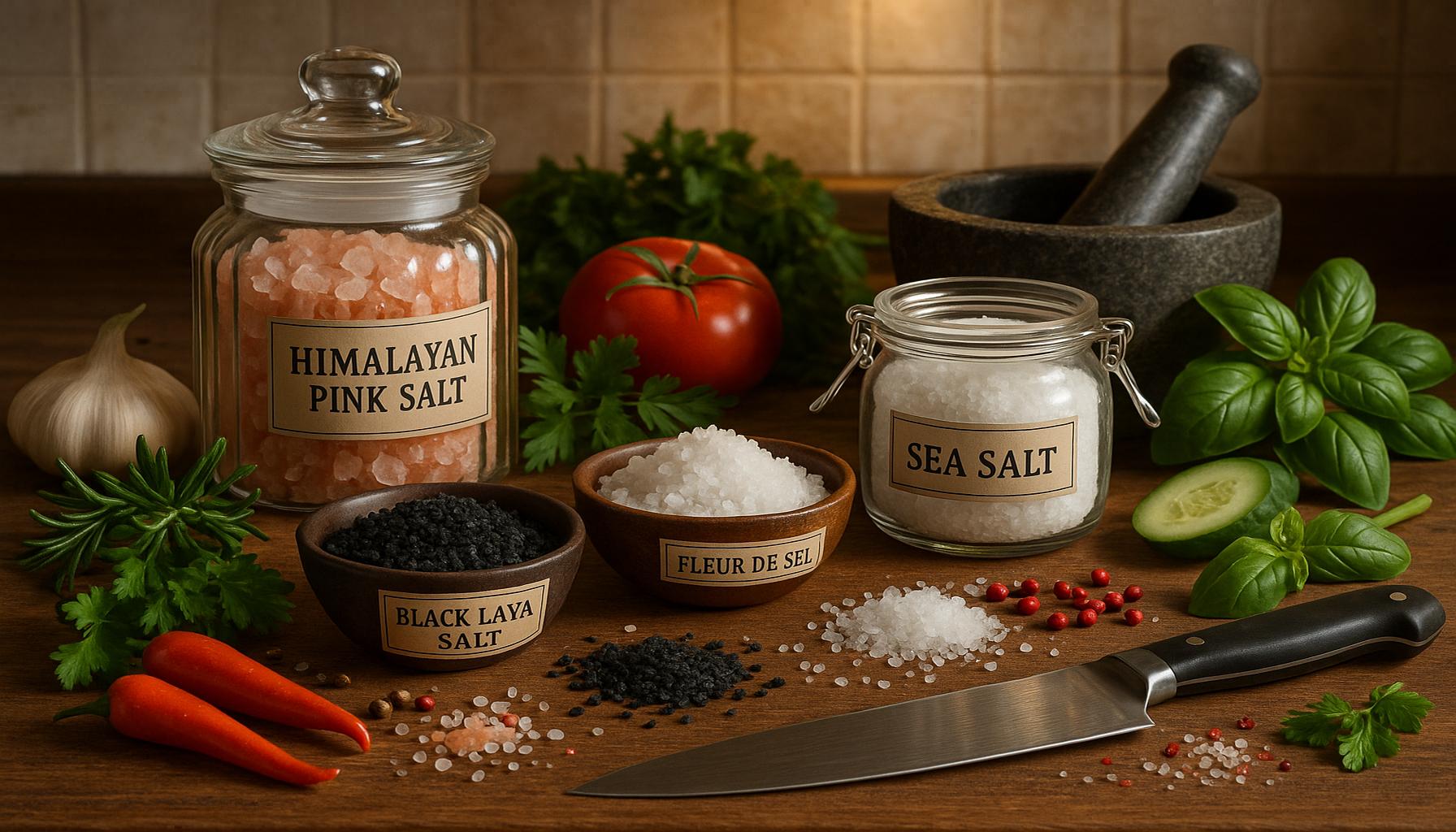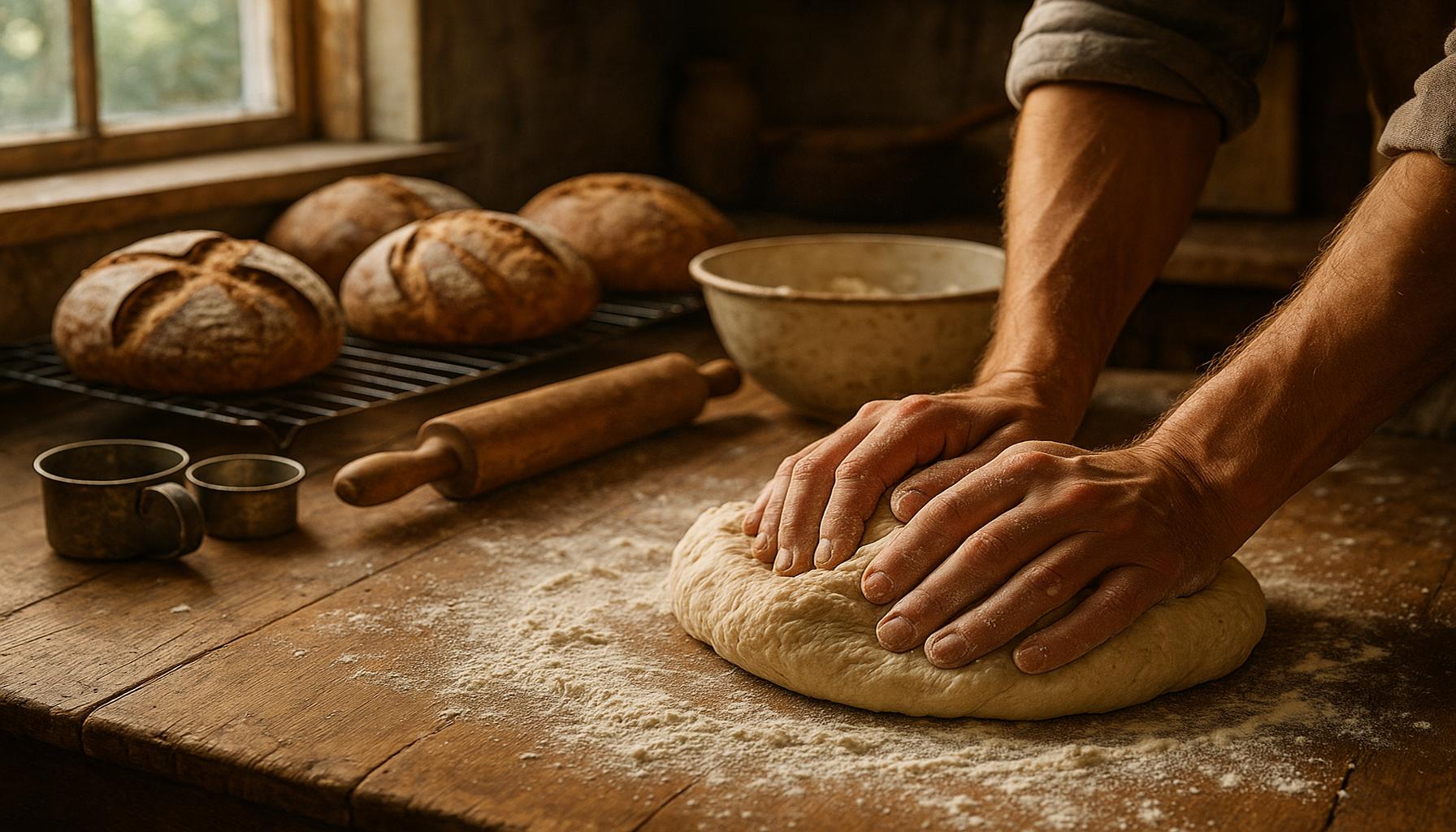Explore Ethnic Cuisine Cook Traditional Cultural Dishes at Home
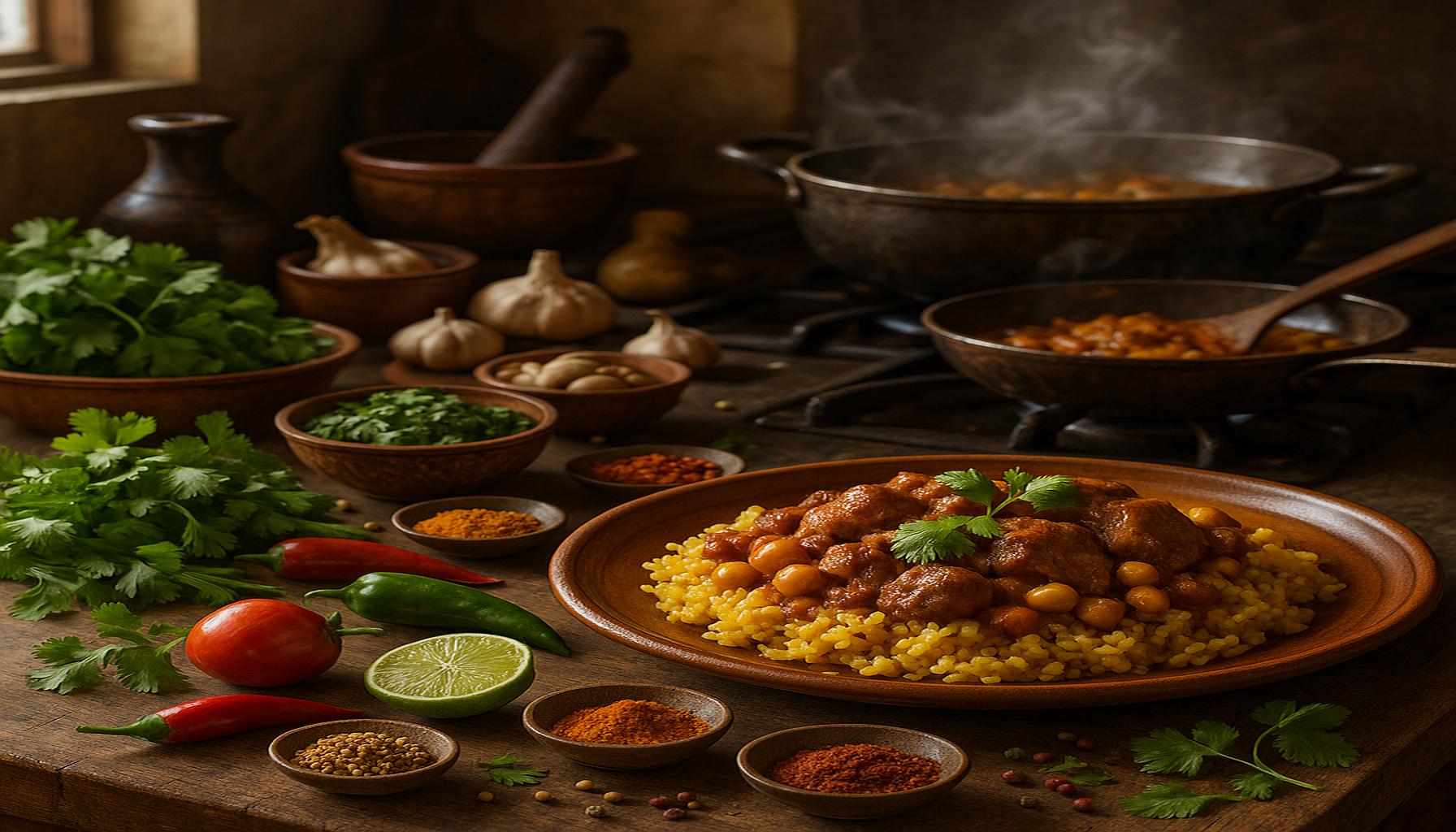
Embark on a Flavorful Journey
Diving into ethnic cuisine offers a unique way to explore the world from the comfort of your kitchen. Every culture has its own culinary heritage, filled with traditions that tell stories of history, geography, and community. Understanding and cooking these dishes can deepen your appreciation for the diverse world we inhabit.
The Relevance of Cooking as a Creative Hobby
As a creative hobby, cooking allows individuals to express themselves while enjoying a sensory experience. Engaging with recipes from different cultures not only elevates your palate but also fosters cultural understanding. With each dish, you embark on a culinary adventure, all while honing your cooking skills.
Prepare for the Top 5 Dishes
Ready to get started? In this article, we will guide you through the Top 5 traditional dishes from various cultures that you can easily prepare at home. Each recipe comes with insights into its background and importance, making your cooking experience both enriching and enjoyable.
Top 5: Exploring Ethnic Cuisine – How to Cook Traditional Dishes from Different Cultures at Home
Cooking offers a delightful way to explore the world from your own kitchen, and ethnic cuisine, in particular, provides a sensory journey that connects us to various cultures through rich flavors and aromas. Engaging with traditional dishes allows us to appreciate culinary heritages that span centuries. In this guide, we’ll explore five culinary adventures that invite you to travel the globe without ever needing a passport. Let your culinary journey begin with this ranked list of exquisite ethnic cooking experiences.
5. Mastering Indian Curry
No culinary exploration would be complete without venturing into the colorful and aromatic world of Indian cuisine. Known for its vibrant spices and intricate flavor combinations, Indian curry stands as a staple that has warmed tables worldwide. The essence of Indian curry lies in its masala, a term that refers to the aromatic spices blended to create flavorful sauces.
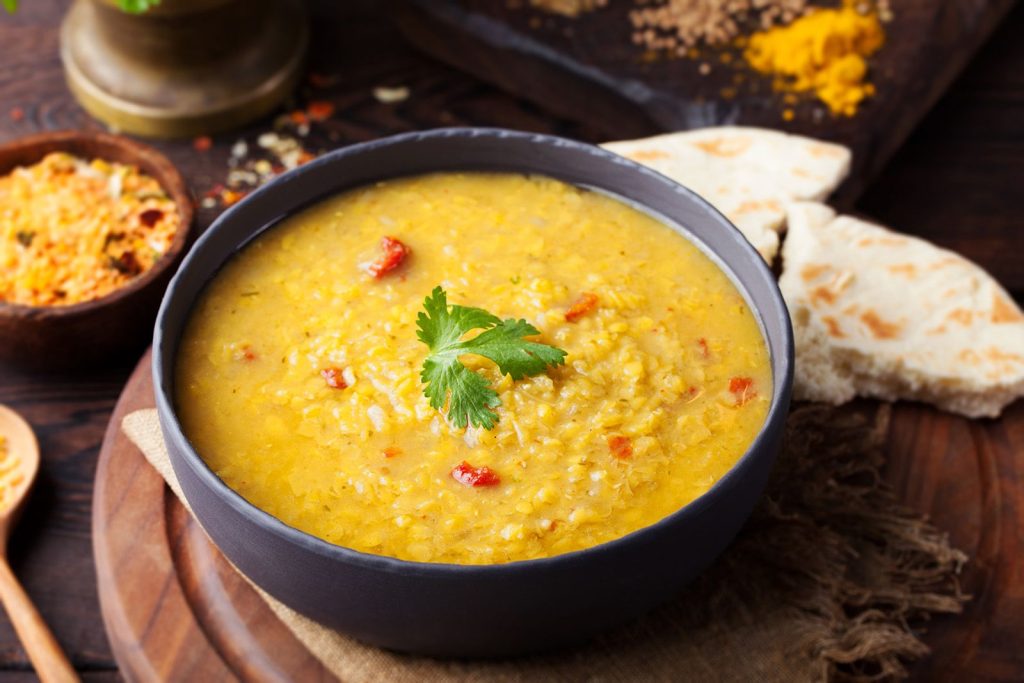
To experiment with Indian curry, you’ll want to familiarize yourself with a few essential spices:
- Cumin – Offers an earthy, warming flavor that forms the base of many curries.
- Coriander – Provides a fresh, citrus-like quality that complements spicy and savory notes.
- Turmeric – Adds a golden hue and is lauded for its anti-inflammatory benefits.
Start by preparing a simple chicken tikka masala. Marinate your chicken in yogurt and spices, then serve it in a rich, tomato-based sauce infused with these spices. As you dive deeper into Indian recipes, you’ll uncover regional variations, each with its distinctive character. Online tutorials and cooking classes can provide valuable guidance to perfect these techniques and help you achieve authentic flavors.
4. Embracing Mexican Street Food
México offers a rich tapestry of tastes, with street food as a central element of its culinary scene. Mexican street food is a vibrant expression of culture, often characterized by fresh, simple ingredients that pack a powerful punch of flavor. Popular street foods like tacos, tamales, and elotes showcase a lively array of tacos bursting with colors and flavors.
Creating vibrant tacos at home is a wonderful introduction to Mexican cooking. Here are some essentials to get you started:
- Soft tortillas – The canvas for your culinary creation, offering versatility and a touch of authenticity.
- Grilled meats – Choose marinated chicken, beef, or pork to bring hearty substance.
- Sautéed peppers and onions – Add a crunch and a hint of sweetness.
- Pico de gallo – A zesty, fresh salsa providing brightness and acidity.
Once your tacos are assembled and ready to serve, enhance the experience by pairing them with traditional Mexican beverages like horchata, a cinnamon-infused rice drink, or agua fresca, a refreshing fruit-flavored water. These lively street foods offer a window into the communal and festive spirit of Mexican cuisine, making it a fun and fulfilling cooking endeavor.
3. Discovering Thai Flavors
Thailand’s cuisine is internationally praised for its dynamic interplay of flavors that combines sweet, sour, salty, and spicy elements in perfect harmony. Thai cooking often emphasizes the fresh usage of herbs and spices to create complex dishes that convey its vibrant cultural heritage.
Crucial ingredients in Thai cooking include:
- Fish sauce – A umami-rich element that deepens the flavor profile.
- Lemongrass – Adds a refreshing citrus aromatic essence.
- Thai basil – Offers a distinct anise-like aroma that is often paired with spicy components.
Popular dishes like Pad Thai and Green Curry capture Thai cuisine’s soul. Begin with crafting a Tom Yum soup; a hot and sour soup that balances each flavor perfectly. You can start by making your own curry paste using a mortar and pestle, which cultivates the essential aromatic base. Embrace online resources, participate in cooking workshops, and consult video tutorials to master these skills and produce restaurant-quality Thai dishes at home.
2. Savoring Italian Pasta Dishes
Italian culinary tradition is synonymous with comfort, family gatherings, and regional diversity. Pasta, a timeless staple integral to Italian cuisine, offers endless possibilities. Classic options like spaghetti carbonara and lasagna provide the comfort and elegance that has enchanted food lovers globally.
In order to produce authentic Italian pasta, these ingredients are essential:
- Olive oil – A base worth investing in; it is rich in flavor and serves as the foundation for sautéing and bringing elements together.
- Parmesan cheese – Lends a creamy and nutty essence that elevates pastas and sauces.
- Fresh herbs – Such as basil and oregano that introduce fragrance and depth.
When cooking pasta, start simple with a spaghetti aglio e olio, incorporating garlic sautéed in olive oil and garnished with parsley. The journey from the north to southern Italian pasta dishes like penne all’arrabbiata to basil pesto are enough to ignite passion for Italian culinary art. As your repertoire grows, you can attempt pasta-making from scratch to immerse yourself fully in this beloved tradition.
1. Exploring Japanese Sushi Techniques
Japanese cuisine, with its attention to detail, presentation, and purity of flavor, offers an exemplary platform for an insightful cooking experience. Sushi, a popular Japanese dish, requires a delicate balance of fresh ingredients and precise techniques that reflect Japanese culinary principles of harmony and respect for ingredients.
Essential components for preparing sushi include:
- Sushi rice – Short-grain rice seasoned with a mixture of vinegar, sugar, and salt for the perfect sticky texture.
- Nori – Sheets of dried seaweed used for rolling sushi.
- Fresh fish – For sashimi or as a filling; ensure high quality by sourcing from reliable suppliers.
Begin by mastering a simple maki roll, selecting fresh vegetables and fish as fillings to pair with the vinegared rice. The next step could be mastering temaki (hand rolls) or nigiri, each requiring different techniques. Explore sushi guides, online classes, and tutorials to aid your understanding of sushi-making and its associated etiquette, which emphasize respect and gratitude towards the ingredients and process.
Each culinary journey introduces unique methods, ingredients, and stories, bridging global cultures and fostering understanding. Embark on these flavorful adventures to not only enhance your cooking skills but also to delve into the stories each dish holds, enriching your life through the art of global cuisine.
| Category | Key Features | Advantages | Disadvantages | Beneficiaries |
|---|---|---|---|---|
| Cultural Exchange | Cooking ethnic dishes fosters a deeper understanding of different cultures. | Promotes inclusivity and appreciation for diversity while expanding personal culinary skills. | Potential for cultural appropriation if one does not respect the origins of the dishes. | Individuals looking to enhance their culinary repertoire and cultural knowledge. |
| Ingredient Exploration | Utilizing authentic ingredients specific to a culture enhances flavor and authenticity. | Opens doors to a variety of flavors and experiences in the kitchen, enriching culinary creations. | Finding specific ingredients can be challenging, especially in non-diverse areas. | Home cooks eager to try new ingredients and flavors. |
| Traditional Techniques | Learning unique cooking methods from various cultures contributes to authentic preparation. | Enhances culinary skillset while instilling respect for cultural traditions and practices. | Some techniques may require specialized equipment or tools not commonly found in all kitchens. | Culinary students or passionate home cooks seeking to broaden their cooking styles. |
| Health Benefits | Exploring ethnic cuisines often introduces healthier ingredients and cooking methods. | Encourages a balanced diet by incorporating diverse vegetables, grains, and lean proteins from various cultures. | Specific dietary restrictions may limit the ability to enjoy some traditional dishes. | Health-conscious individuals and families looking for nutritious meal options. |
Exploring ethnic cuisine offers a myriad of opportunities to enhance one’s cooking journey, inviting individuals to experience flavors and cultures from around the globe. Each category within this culinary exploration not only enriches the palette, but also promotes a greater understanding of our interconnected world. As individuals take part in this gastronomic adventure, they uncover not just recipes, but stories, history, and traditions that have shaped different communities.
Frequently Asked Questions About Exploring Ethnic Cuisine at Home
How can I find authentic recipes for traditional dishes from different cultures?
To discover authentic recipes, it’s essential to consult reliable sources. These can include cookbooks written by chefs who specialize in ethnic cuisines, cooking blogs authored by cultural insiders, or even attending online classes led by chefs from a particular region. Engaging with community groups on social media can also provide personal insights and recommendations for authentic recipes.
Where can I buy unique ingredients needed for ethnic cooking?
Ingredients central to ethnic cooking may not always be available in regular grocery stores. Look for specialty supermarkets that cater to specific ethnicities, or explore online retailers that supply international foods. In some cities, local ethnic markets provide an extensive range of authentic products, giving you a taste of the culture through its ingredients.
How do I adapt ethnic recipes to accommodate dietary restrictions?
Adapting recipes requires a bit of creativity and research. Substitute traditional ingredients with alternatives that meet your dietary needs while maintaining the essence of the dish. For example, use gluten-free flour for traditional breads or plant-based oils instead of animal fats. Many cuisines have naturally gluten-free, vegan, or vegetarian options, making these cultures rich in diverse meal possibilities.
Is it necessary to follow ethnic recipes exactly, or can I add my own twist?
While it’s important to honor the authenticity of traditional recipes, adding a personal touch can create a unique culinary experience. Start by preparing the dish as intended to understand its heritage and flavors. Then, feel free to experiment! Add a modern twist by incorporating ingredients you love or trying a new technique. The joy of cooking lies in exploration and personalization.
Conclusion: The Joy of Exploring Ethnic Cuisine at Home
Embarking on the journey of cooking traditional dishes from various cultures offers more than just a taste of something different; it opens a gateway to understanding and appreciating diverse culinary traditions. This exploration invites you to experience a culinary world tour without leaving the comfort of your kitchen. By utilizing fresh, authentic ingredients and taking the time to learn about the origins and cultural significance of these dishes, you not only elevate your cooking skills but also foster a deeper connection to the world around you.
Cultural Exploration through Culinary Arts
Exploring ethnic cuisine is a way to connect with different histories and customs through one of the most universal languages—food. As we delve into the preparation of ethnic dishes, we are encouraged to investigate hidden narratives and stories behind each recipe, which can significantly broaden our understanding of the world.
- Educational Experience: Cooking internationally inspired meals at home serves as an educational experience, inviting you to learn about new ingredients, techniques, and flavors.
- Cultural Immersion: Engaging in these culinary experiences can lead to greater cultural empathy and appreciation.
- Creative Outlet: This creative hobby encourages experimentation and innovation in the kitchen, allowing for personal expression through cuisine.
In essence, preparing traditional dishes from different cultures not only diversifies your palate but also enriches your life with new skills and knowledge. It underscores the importance of creativity as a fulfilling hobby, providing an opportunity to discover and celebrate the beauty of global diversity. By exploring these culinary avenues, we cultivate an openness to new experiences and a respect for the intricate tapestry of world cultures.
